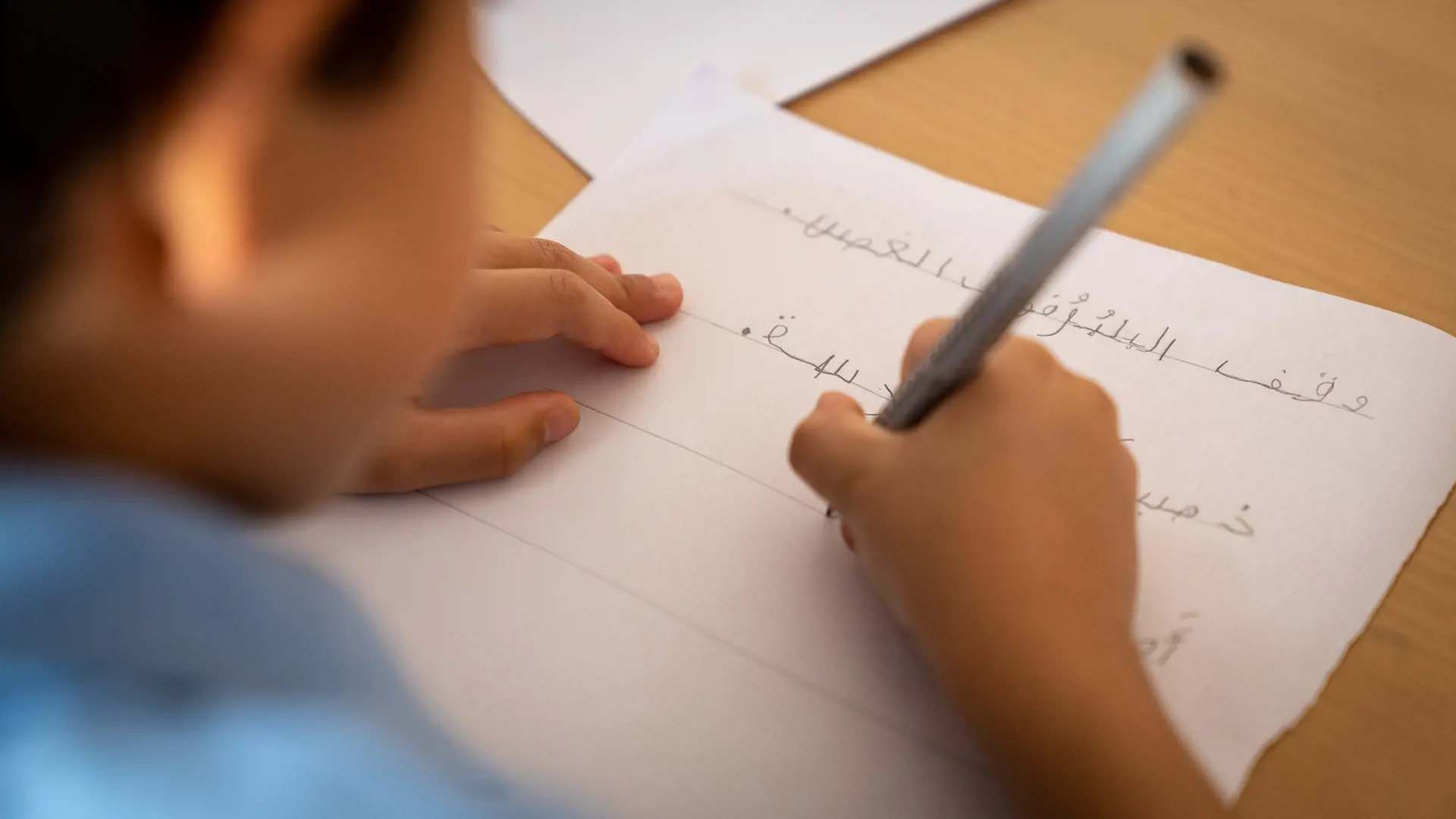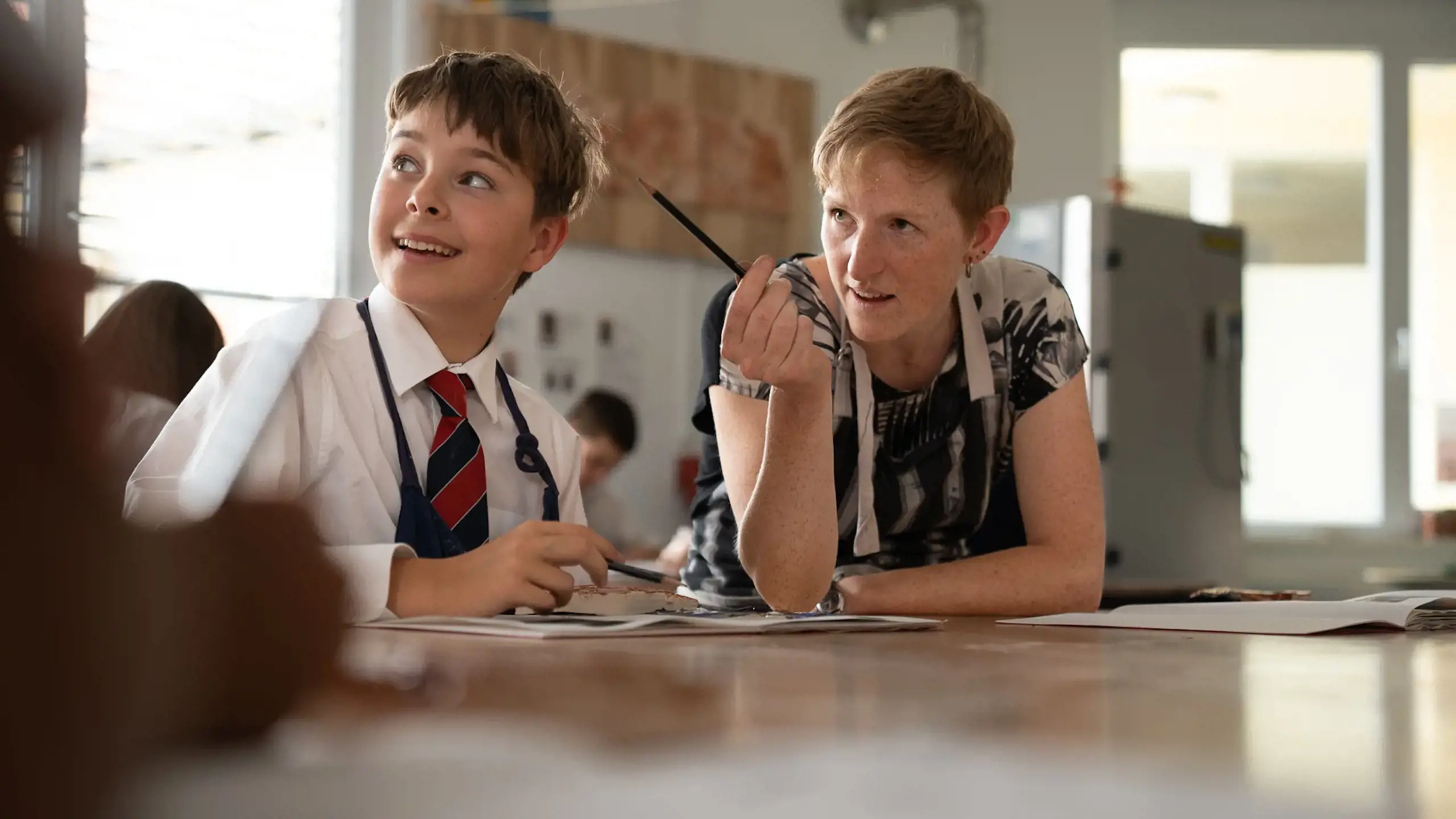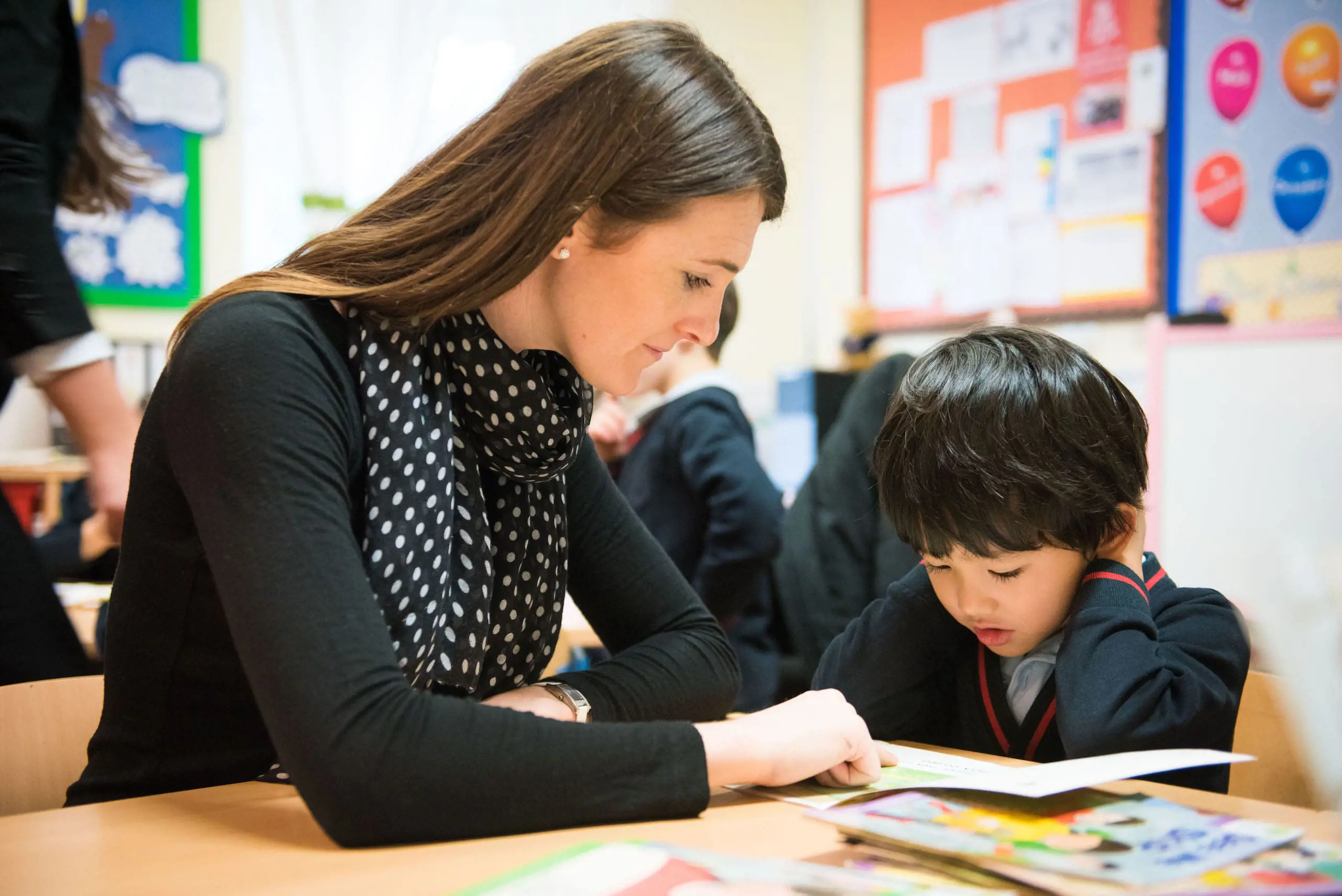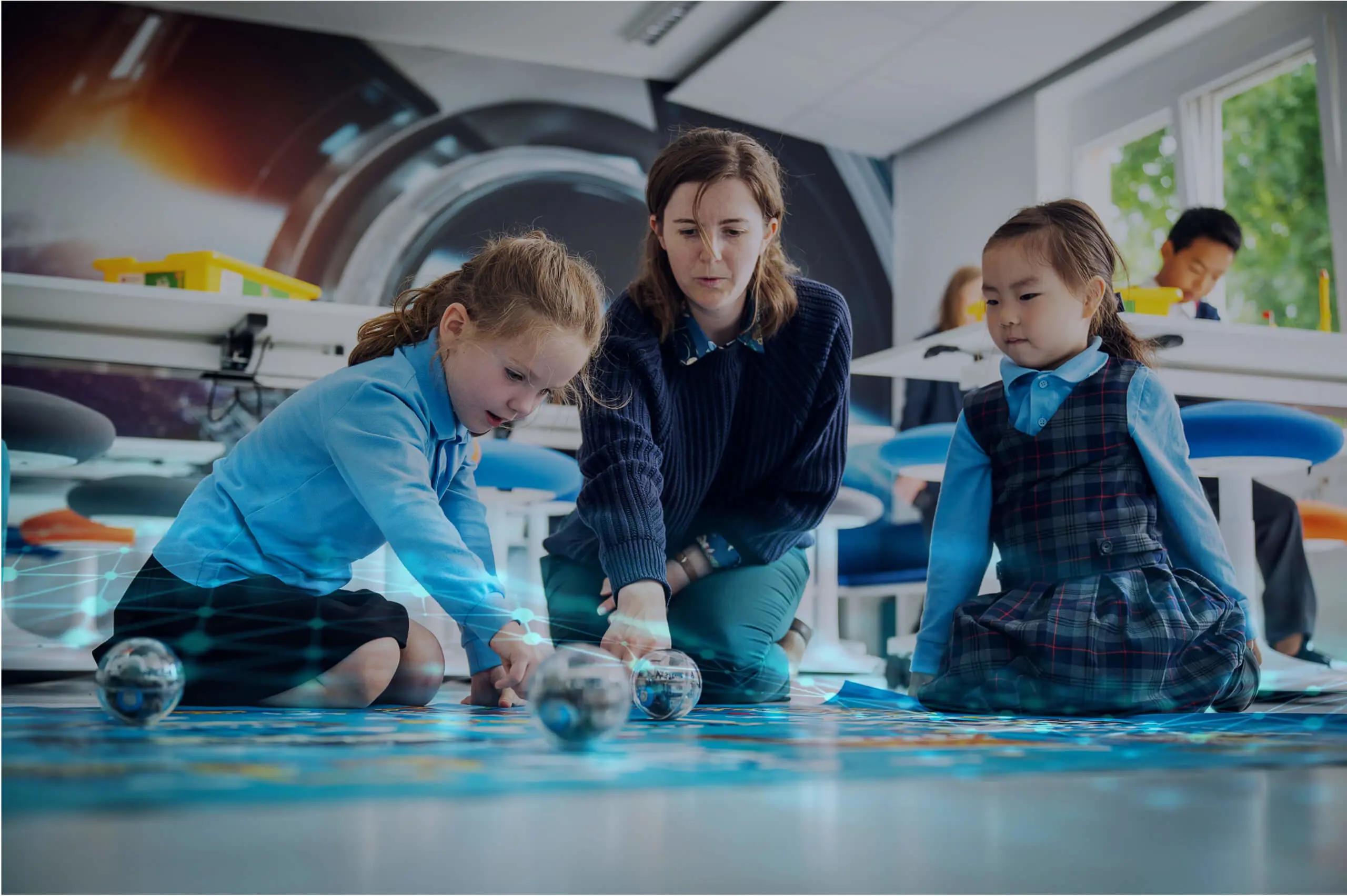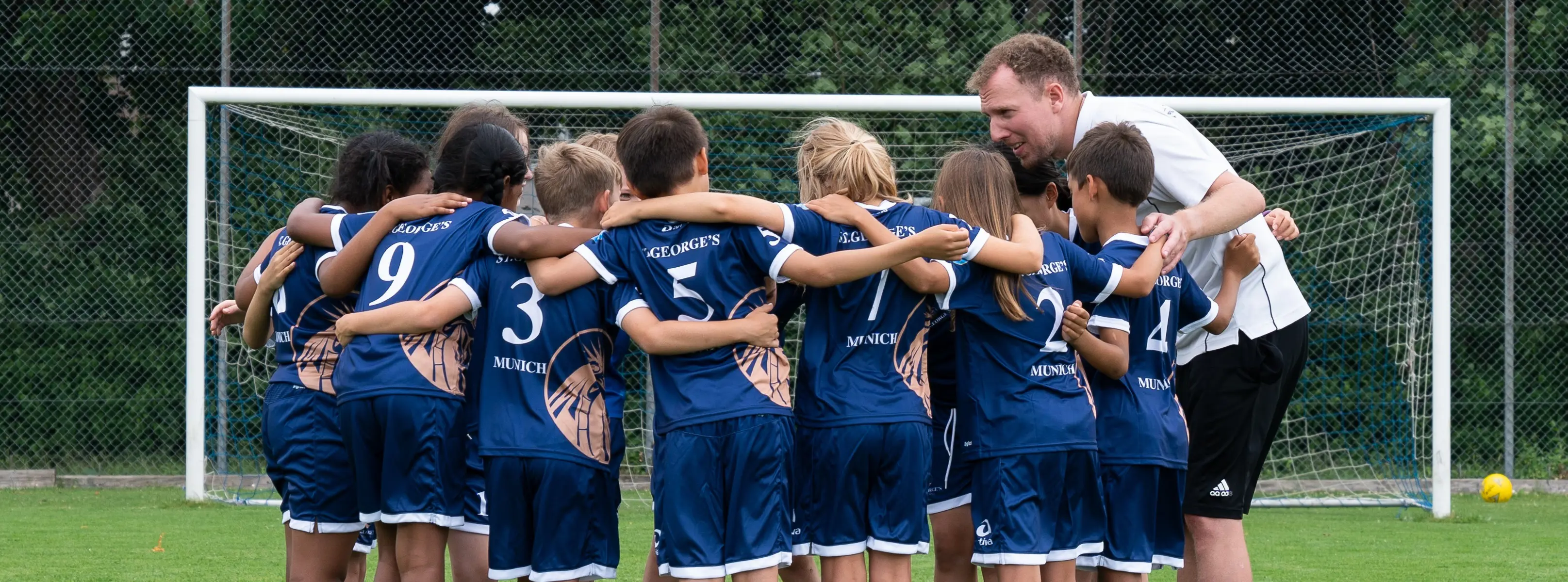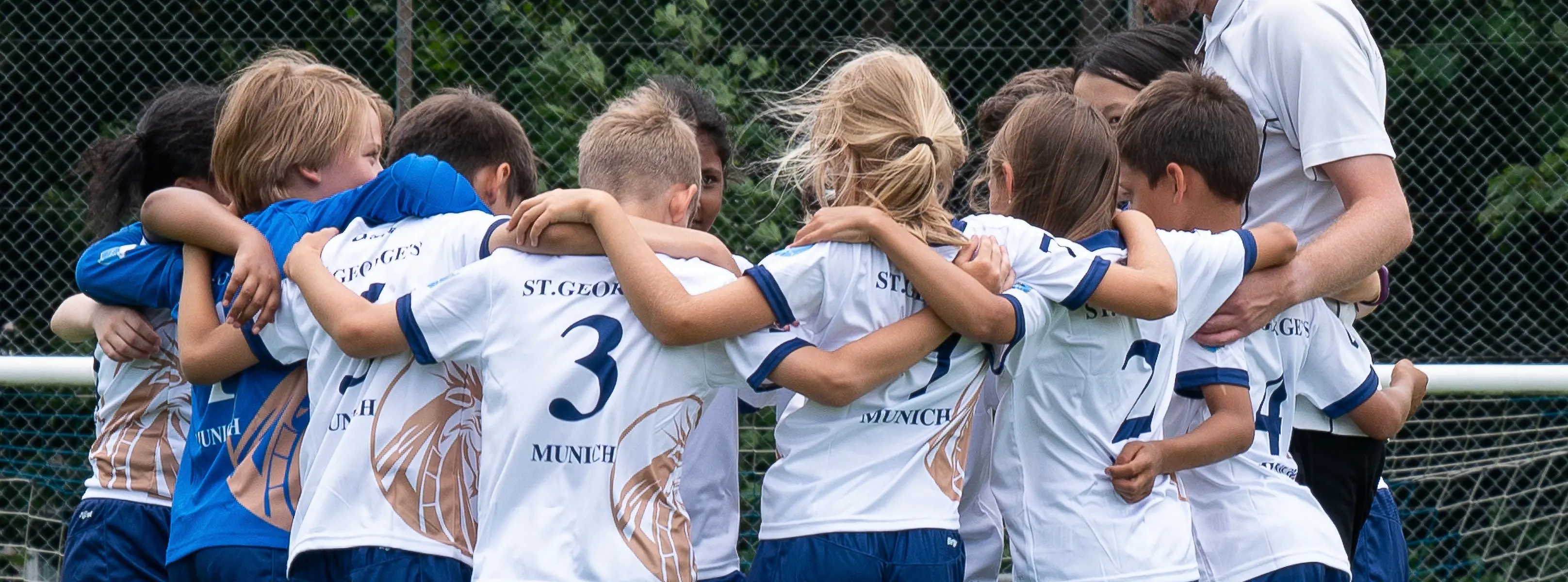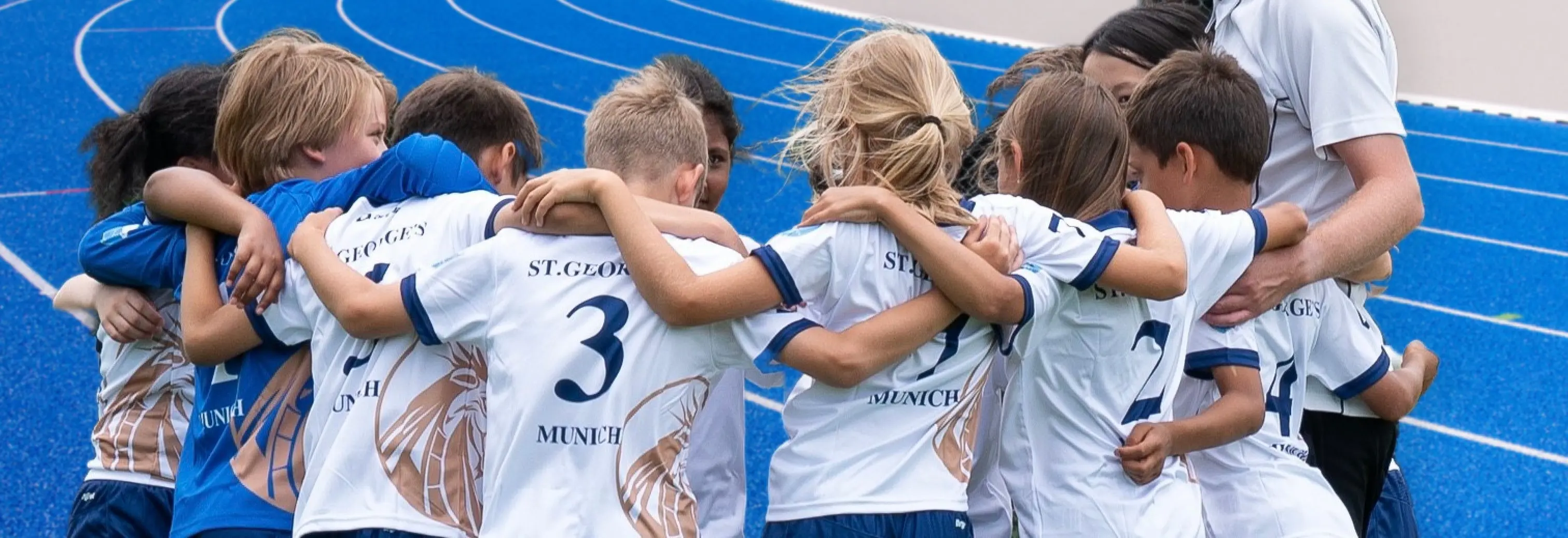Effective feedback strategies
Author: Ross Bell | Author Title: Head of Primary School SGSC | Publication Date: January 2023
In the dynamic landscape of education, feedback plays a pivotal role in shaping the learning experiences of young minds. Effective feedback goes beyond mere correction; it serves as a guiding light, fostering growth, and building the foundation for a lifelong love of learning.
There are a range of research-based strategies that we embrace and challenge our learners with, making sure that all feedback is impactful feedback. Feedback is an integral ingredient to the success in learning and it is for this reason that St.George’s School aims to lead the way in this process.
The power of constructive feedback
Feedback is a powerful tool, and when wielded correctly, it can transform the learning experience for students.
Traditionally, feedback has been viewed as a unidirectional flow from teacher to student. However, the paradigm is shifting and we are learning more about this process and the effectiveness that feedback varieties have. Effective feedback should indeed focus on constructive criticism rather than punitive measures. Encouraging resilience in our students, where mistakes are viewed as opportunities to learn, creates a positive learning environment.
Feedback is not just about correcting mistakes; it's about illuminating the way forward. Constructive feedback transforms errors into opportunities for learning and development.
Dylan Wiliam
Cultivating a positive feedback culture
At St.George’s School effective feedback is not a one-time event but a continuous process of improvement. Creating a culture that embraces feedback as a tool for growth sets the stage for long-term success in education. Furthermore, feedback is not simply pointing out areas for improvement but also about recognising and celebrating successes. Positive reinforcement through feedback creates a conducive environment for students to thrive. Through positive education we reward our students and recognise their achievements, no matter how big or small. Celebrating these successful moments, whatever their size, and recognising effort cultivates a supportive environment. Public acknowledgment of accomplishments, such as through assemblies or within the classroom, reinforces the idea that everyone's progress is valued and celebrated.
Creating a triangular partnership
The inclusion of parents in feedback loops is proving to be a game-changer within education. Engaging parents through meaningful feedback creates a triangular partnership, where the teacher, student, and parent actively participate in the learning process. The collaboration between all stakeholders can significantly influence a child's educational journey. When parents are brought into the fold, they become allies in the education of their children, fostering a holistic approach to learning. Regular communication about a child's progress, strengths, and areas for improvement establishes a strong partnership between educators and parents. Parent-teacher meetings, progress reports, and interactive platforms can serve as channels for transparent and constructive communication. Feedback is a two-way street. Encouraging and listening to parents to provide feedback on the educational process creates a collaborative environment. This feedback loop ensures that the educational system remains responsive to the evolving needs of students and their families.
Personalised feedback for maximum impact
The effectiveness of feedback lies not just in its delivery but also in its relevance and specificity. Tailoring feedback to cater to the individual needs of students can exponentially enhance its impact on learners. Each student is unique, with a range of different strengths. Crafting personalised and specific feedback that address the specific needs of each student demonstrates a teacher's commitment to their growth. Teachers can employ various strategies to challenge each learner.
Types of feedback
At St.George’s we have established the importance to strike a balance between pointing out areas for improvement and providing encouragement. This is where the teacher must understand and tap into the hearts and minds of each individual to know how to challenge them which will set in motion the next steps for progression. Feedback can be delivered and shared in a variety of ways. Strategies range from verbal feedback to the whole class, discussions and reflections in one-to-one conversations, marking books, and allowing for peer and self-reflection or conversation. A hybrid of these approaches merged with a consideration of “opportunity cost” will often create a wonderful pathway for the student to develop further.
| Learn more |
|---|
|
Education Endowment Foundation expert, Stuart Kime, tells us that “feedback should not only focus on the specific learning intention or task but also provide next steps for students, letting them know where they are going in their learning.” Therefore, setting clear learning objectives or goal-oriented feedback and communicating them to students allows for a shared understanding of the desired outcomes. Aligning feedback with specific learning goals enhances its effectiveness. When students understand the objectives of an assignment or activity, feedback becomes more meaningful. Teachers can use clear criteria and communicate expectations to help students assess their work against established standards, facilitating a deeper understanding of their progress. Incorporating formative assessment into the teaching process provides ongoing feedback that informs instruction. Regular checks for understanding allow teachers to identify areas where students may be struggling and tailor their approach accordingly. Formative assessments can take various forms, including quizzes, discussions, and observations, contributing to a comprehensive understanding of student performance. Integrating peer feedback into the learning process promotes collaboration and a sense of community among students. It allows them to see different perspectives and learn from each other. Empowering students to self-assess their work fosters self-reflection and independence. Encouraging them to evaluate their performance against established criteria and set personal goals promotes a sense of ownership in their learning journey. Teachers can guide students in providing constructive feedback to their peers, fostering a supportive learning culture within the classroom. In addition, to be successful, support will be in place to guide students in developing self-assessment skills, creating a foundation for lifelong learning habits. Utilising technology can amplify the impact of feedback. Digital tools and platforms enable teachers to provide multimedia feedback, including audio and video recordings, offering a more personalised and engaging approach. Technology also facilitates the use of online platforms for collaborative feedback, promoting interactive learning experiences. |
Professional development for teachers
Empowering teachers with the skills to provide constructive feedback is crucial. Professional development programmes can enhance teachers' ability to deliver impactful feedback and create a positive feedback culture within the educational institution. Here at St.George’s, we are working hard and use research to develop our practice. We are utilising a range of approaches from across great sources including the Great Teacher Toolkit and the Education Endowment Foundation. Our staff are paving the way and showcasing what great practice looks like whilst tapping into modern and proven research.
Integration of feedback into curriculum design
Feedback should not be viewed in isolation but as an integral part of the curriculum design. Aligning feedback mechanisms with the curriculum allows for a cohesive and synchronised approach to education, where feedback becomes a natural extension of the learning process. The colleagues at St.George’s strive to propose and challenge both curriculum content and its delivery. We have high expectations and we are pioneering with education. We enthusiastically embrace positive research-driven change.
Conclusion
Impactful feedback is a cornerstone of effective education. Effective feedback is a multifaceted approach that goes beyond correction and grading. Timely, specific, and constructive feedback aligned with learning goals contributes to a positive and growth-oriented learning environment. A range of strategies, as aforementioned, enhance the impact of feedback, promoting a holistic approach to education. By incorporating these strategies, educators can create a learning atmosphere where feedback becomes a catalyst for continuous improvement, laying the groundwork for a lifelong love of learning in young minds. One of the fundamental principles of effective feedback is timeliness. Providing feedback promptly after an assignment or activity allows students to connect it with their efforts. Additionally, specificity is crucial. Instead of generic praise or criticism, pinpointing specific strengths and areas for improvement helps students understand and act upon the feedback.
For further excellent reading on Feedback and its value please see:

